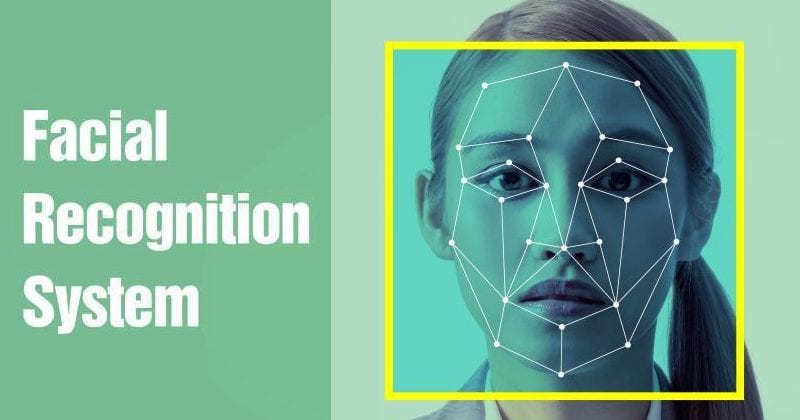Facial recognition at the service of complex problems
With access to a database of more than 60,000 photographs of missing children, comparing these images with approximately 45,000 images of unidentified orphans in care facilities throughout the city, it was possible to recognize 2930 children using software from a program pilot tested in just four days. With a population of over one billion people, India is the second most populous country in the world. It suffers from many social problems, one of which concerns the disappearance of thousands of children from the streets, alleys and slums The software has surprisingly identified about 3,000 of the missing. “Currently, India has nearly 200,000 children missing and about 90,000 housed in various child care institutions,” the activist Bhuwan Ribhu of the child care group Bachpan Bachao Andolan, who helped develop the study, explained. Manually crossing all these children and their photographs is a basically impossible task. Ribhu’s organization started the project precisely as a way of better filtering the large number of records maintained by TrackChild, the Indian national database of missing children. After realizing the capabilities of the facial recognition software, the organization went to the fight for the Delhi Supreme Court to make the database available to police, who used their facial recognition system to analyze thousands of images.
TrackChild can now use the same technology
Recognizing the immense success of this New Delhi operation, it is possible that other police forces use TrackChild data to try to discover missing children. In addition, the database itself can be improved so that facial recognition software runs internally. These efforts are very useful and welcome to the reality of India, but this small step does not solve the problem definitively. This is because the reasons behind these disappearances are complex, often violent and unethical. Some children are abducted on the street to be sold for prostitution or child labour. Others flee from their parents because of abuse at home. There are even cases of families selling their children, or intentionally abandoning unwanted daughters in busy places. Of course in the midst of so many thousands of cases are children who have lost themselves, as it has always happened, sometimes in unusual and unlucky circumstances, such as Saroo Brierley, whose dramatic life story has become the theme of the film “Lion – The Long Road for Home”, of 2016.
A film that tells the pure and hard reality
The story tells Brierley’s case that when he was young he was lost to his older brother at a train station. He fell asleep inside a convoy and was only able to escape the vehicle after travelling nearly 500 miles through India. At a young age, the child did not even know the name of his hometown and could never find his way back. It took him about 25 years to finally review his birth mother, a happy ending to a disturbing but common history of suffering among young people in India. New facial recognition technologies are coming into the hands of the authorities in order to control citizens wanted for crimes and who are on the mount and for safety by using the tracks that our face carries. So, what do you think about this? Simply share all your views and thoughts in the comment section below.
Δ


